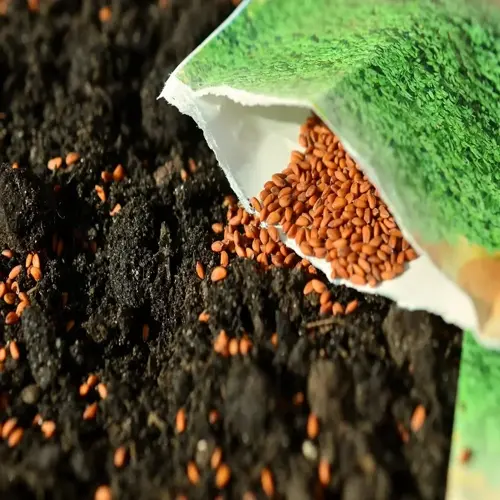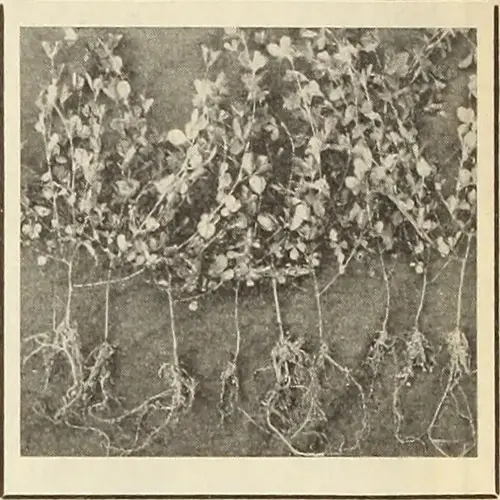Can Ziploc bags protect seeds during storage?

Written by
Julia Anderson
Reviewed by
Prof. Martin Thorne, Ph.D.Ziploc bags provide minimal protection for seeds that mandate the most stringent application. Freezer-grade types perform well under specific conditions for short periods of time. Their plastic permeability allows moisture in at some point. With a good understanding of the limitations of these bags, you can save your seeds and understand the right techniques to extend their temporary usefulness.
Temporary Solutions
- Use only freezer-grade bags with double zipper seals
- Include oxygen absorbers to prevent mold formation
- Maximum storage duration: 6 months before transfer
Risk Management
- Avoid temperature shifts causing condensation inside bags
- Never store near heat sources or in direct sunlight
- Inspect weekly for moisture accumulation or fogging
Properly prepare seeds before storing them in bags. Verify that seeds pass the snap test, indicating they contain less than 8% moisture. Place oxygen absorbers at the bottom of the bag. Fill the bags two-thirds full to prevent damage from compression. Label the bags clearly using permanent markers and write the storage date on the bag.
Storing bags in a constant cool place between 50°F and 60°F (10°C to 16°C) is always best. Do not use a refrigerator, as this can cause condensation buildup. You can even store seeds in Ziplock bags and freeze them, but never freeze seeds in Ziplock bags, as ice crystals will form and damage the plant embryos. To store for the long term, transfer seeds to glass jars within six months.
Ziploc bags are fine for sharing seeds or temporary organizing. However, choose a more secure container for the seeds' longevity. Mason jars are inexpensive and much better suited for storing seeds safely for use in your next garden.
Read the full article: 3 Essential Rules: How to Store Seeds

